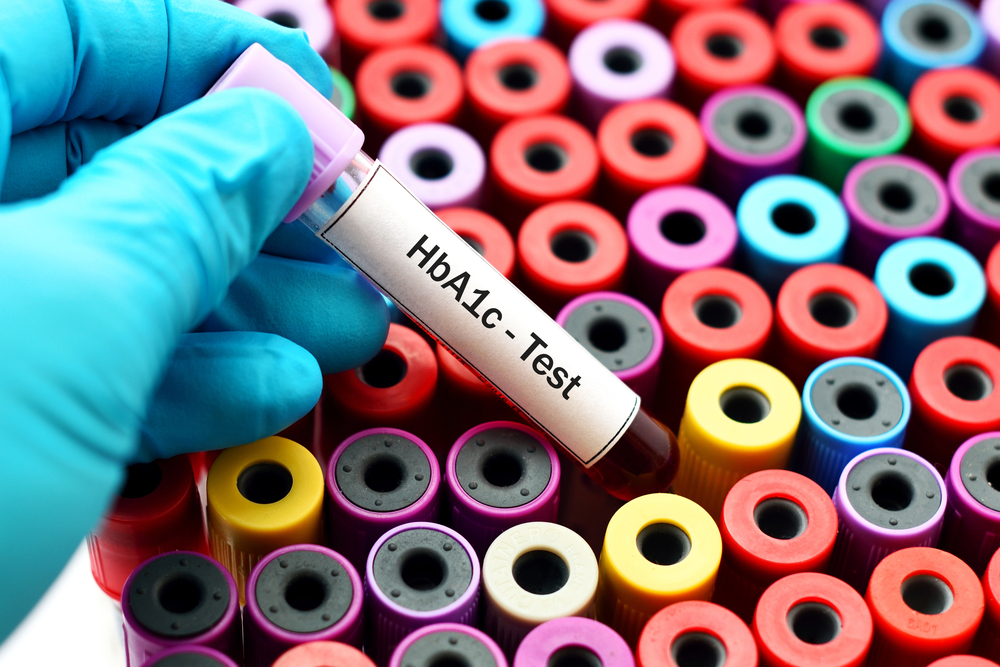Latent Autoimmune Diabetes in Adults (LADA)

Latent Autoimmune Diabetes in Adults (LADA) is a lesser-known form of diabetes, often mistaken for Type 2 due to its adult onset. The misdiagnosis of this condition often prevents timely medical intervention, leading to complications.
This blog explores latent autoimmune diabetes, its causes, symptoms, diagnosis, and management tips to help with early recognition and diagnosis.
What is latent autoimmune diabetes in adults?
Latent autoimmune diabetes in adults, or LADA, is a form of diabetes that typically develops in adulthood. Unlike the more common types of diabetes, LADA is an autoimmune condition where the body’s immune system mistakenly attacks the insulin-producing cells in the pancreas.
This process is similar to Type 1 diabetes but occurs more gradually, often leading to misdiagnosis as Type 2 diabetes. In LADA diabetes, the onset usually happens after the age of 30, and the condition is often detected during routine checks for diabetes.
What causes LADA?
The causes of Latent Autoimmune Diabetes in Adults (LADA) are not completely understood, but several factors contribute to its development:
- Autoimmune Reaction: The immune system mistakenly attacks and destroys insulin-producing cells in the pancreas.
- Genetic Susceptibility: Certain genes increase the risk of developing LADA, suggesting a hereditary component.
- Environmental Factors: Although not clearly defined, environmental triggers such as viral infections may initiate the autoimmune process in genetically susceptible individuals.
- Age: LADA typically develops in adults over 30 years old.
- Insulin Resistance: Some individuals may have a degree of insulin resistance, a characteristic more common in Type 2 diabetes, contributing to LADA development.
- Pancreatic Function: Over time, the pancreas loses its ability to produce sufficient insulin, leading to LADA.
What are the symptoms of LADA?
The LADA diabetes symptoms are often similar to those seen in other forms of diabetes, particularly in their early stages. These symptoms can develop gradually and may not be immediately noticeable. Early detection and management are crucial for preventing complications associated with LADA.
Key LADA diabetes symptoms include:
- Unusual and persistent thirst
- Frequent urges to urinate
- Unexpected weight loss, despite eating normally
- Feeling fatigued without a clear reason
- Changes in vision, such as blurriness
- Wounds or sores that heal more slowly than usual
- More frequent infections, such as urinary or skin infections
- Tingling sensations or numbness in the hands or feet
- Feeling more hungry than usual, despite eating regularly
How is LADA diagnosed?
Latent Autoimmune Diabetes in Adults (LADA) is diagnosed through a mix of medical history evaluation, physical examination, and specific blood tests. This targeted approach is essential to ensure proper and effective LADA diabetes treatments. Some tests used include:
- Blood Sugar Tests: These tests are used to determine if the blood glucose levels are elevated. Doctors use a combination of fasting, random and oral blood glucose tests.
- C-Peptide Test: The test determines the body’s insulin production by measuring C-peptide levels.
- Autoantibody Tests: These tests Identify immune proteins that attack pancreatic cells. The presence of antibodies like GAD and IA-2 that target insulin-producing cells is indicative of LADA.
How to manage LADA?
Managing Latent Autoimmune Diabetes in Adults (LADA) involves a comprehensive approach that involves making lifestyle changes, and monitoring blood sugar, and medication. Some management strategies are:
- Blood Sugar Monitoring: Regular monitoring of blood sugar levels is crucial. This helps in making informed decisions about diet, activity, and medication.
- Insulin Therapy: Over time, most people with LADA will require insulin therapy as their body’s ability to produce insulin decreases. The timing for starting insulin varies and is based on blood sugar control and individual needs.
- Dietary Changes: A balanced diet that controls blood sugar levels is important. This often includes fewer carbohydrates, and more dietary fibre, proteins, and healthy fats.
- Exercise and Weight Management: Regular exercise and maintaining a healthy weight can improve blood sugar control and reduce the risk of complications.
- Monitoring for Complications: Regular check-ups are necessary to monitor for diabetes-related complications.
Any management strategies and LADA diabetes treatment plans should be adopted only after consulting with a healthcare professional. Regular follow-up and adjustments to the management plan are often required based on the progression of the disease and the patient’s response to treatment.
Regular testing is crucial in detecting the LADA early. Consult with a doctor and schedule a blood sugar test with Dr Lal PathLabs today!
FAQs
1. How is LADA different from Type 1 and Type 2 diabetes?
LADA is often misdiagnosed as Type 2 diabetes because it appears in adulthood. However, unlike Type 2, LADA is an autoimmune condition. It progresses more slowly than typical diabetes.
2. Can LADA be prevented or cured?
There is currently no known way to prevent or cure LADA. Treatment focuses on maintaining healthy blood glucose levels and monitoring for complications.
3. What are the complications associated with LADA?
Complications associated with LADA may include heart disease, vision problems, kidney damage, nerve damage, and suppressed immunity.













